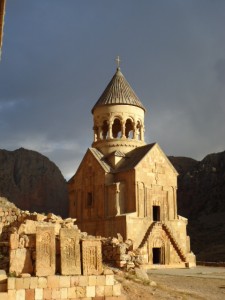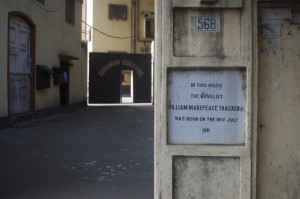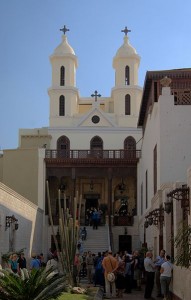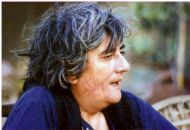Shared Sorrows: Indians and Armenians in the prison camps of Ras al-‘Ain, 1916-18.
[In August 2012 I received an invitation from Neery Melkonian, co-founder of The Blind Dates Project, to deliver a keynote address for a conference to be held in Yerevan, in Armenia. There was an element of synchronicity in this because unbeknownst to Neery, I was then writing a series of posts on two Bengali accounts from the First World War, written by Indian medical personnel who had ended up in the prison camps of Ras al-‘Ain, in northern Syria, in 1916: this was one of the major sites of the Armenian genocide (see my posts of July-August, 2012).
The conference, which was called Strategies of UnSilencing, was held on October 26-27, 2012, in the American University of Armenia, Yerevan. This is a slightly expanded version of the essay I wrote for the occasion and it will be posted here over several weeks as a multi-part series. The complete essay will be available later, in the ‘Essays’ section of this website.]

In memory of Stephen Vertannes.
1.
Armenia has been closely linked to the Indian subcontinent for a very long time. The foremost chronicler of the subcontinent’s Armenian community, Mesrovb Jacob Seth, tells us that it was at the express request of Akbar, the great Mughal Emperor, that Armenians settled in Agra in the 16th century. Akbar also took an Armenian wife, by the name of Mariam Zamani Begum. By the time the English arrived at the Mughal court the Armenians were already well established there: it was they who helped the East India Company acquire the Diwani of Bengal, which was a crucial step in the building of the British Empire.[i]
This connection made India an early centre of Armenian publishing: ‘About forty Armenian titles appeared in Madras between 1772 and 1818, including a number of groundbreaking political tracts and the first-ever Armenian periodical, Azdarar, in 1794. Thereafter, the torch of Armenian book-printing in India passed on to Calcutta (modern-day Kolkata), where the first short-lived attempt to set up an Armenian press had occurred in 1796-1797. Calcutta became a recurrent center of Armenian book printing from 1811 to 1853, and thereafter Armenian titles continued to appear there occasionally until 1888.’[ii]
For many years Calcutta, the city of my birth, was home to the biggest and most vibrant Armenian community in India. Even in my own childhood Armenians were an important presence in the city. As a boy I heard stories about famous Armenian boxers; and my father would reminisce about old hotels and boarding houses that had once been run by Armenians.

I often walked past the Armenian College, which was originally housed in the birthplace of the English novelist, William Makepeace Thackeray[iii].
At school I had a friend from Calcutta’s Armenian community: his name was Stephen Vertannes and he died tragically young (this essay is dedicated to his memory).
These connections and memories may explain why Armenian characters have often figured in my books. In my novel The Calcutta Chromosome, one of the key characters is a Mrs Aratounian (a family of that name once ran a hotel in Calcutta); in my most recent book, River of Smoke, there is an Armenian watchmaker from Egypt by the name of Zadig Karabedian

(he is the nephew of Orhan Karabedian, the icon-painter whose work can still be seen in the Church of the Mu’allaqa in Cairo).
I should add here, in parentheses, that Armenia’s artistic connection with Egypt still exists: one of contemporary Egypt’s most distinguished painters is from Cairo’s Armenian community. Her name is Anna Boghigiuan
and she is a dear friend.
[i] Cf. Armenians in India: From the Earliest Times to the Present Day, by Mesrovb Jacob Seth, first published Calcutta 1937, reprinted Asian Educational Services, New Delhi 2005, chapter 1.
[ii] Celebrating the Legacy of Five Centuries of Armenian-Language Book Printing, 1512-2012 (exhibition booklet), by Ara Sanjian, University of Michigan-Dearborn, 2012, p. 14.
[iii] The school was originally known as the Armenian Philanthropic Academy. The building, at 39 Free School Street was purchased in 1883, for Rs. 48,000. W.M.Thackeray was born there on 18th July, 1811.

